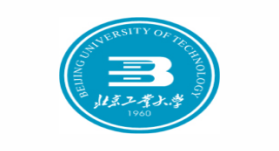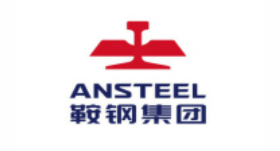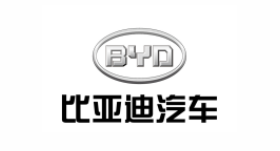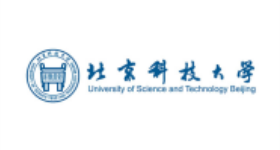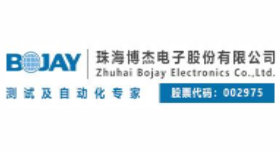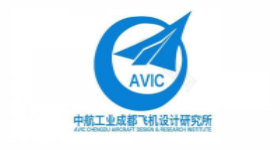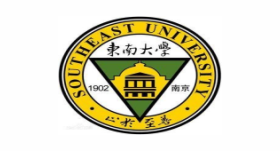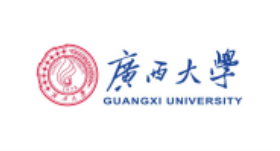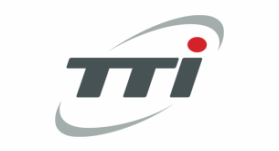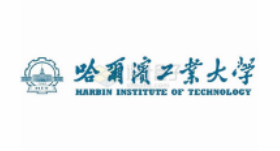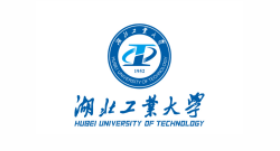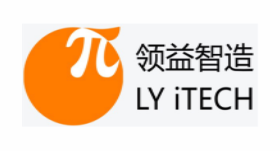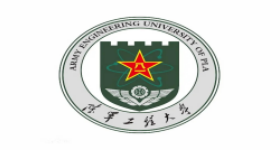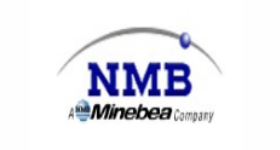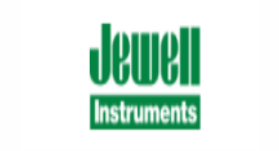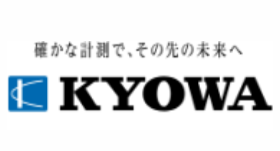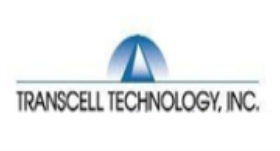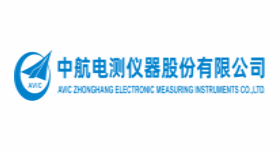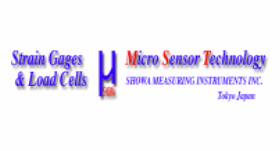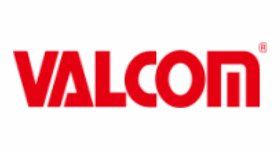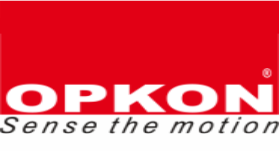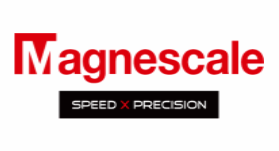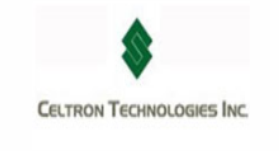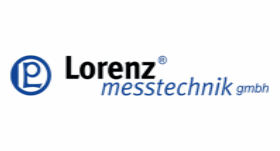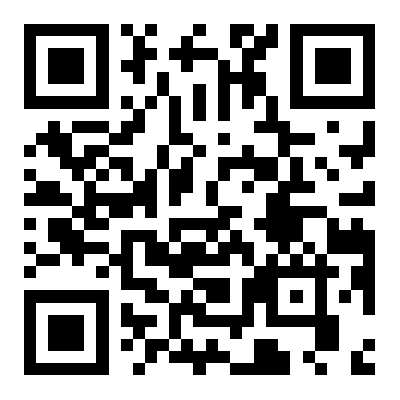Commonly used ultrasonic sensors are composed of piezoelectric wafers, which can transmit ultrasonic waves and receive ultrasonic waves. The small power ultrasonic probe is used for more detection. It has many different structures, which can be divided into straight probe (longitudinal wave), oblique probe (transverse wave), surface wave probe (surface wave), Lamb wave probe (Lamb wave), dual probe (one probe transmits, one probe receives) and so on.
Ultrasonic technology is a general technology based on physics, electronics, machinery and material science. Ultrasonic sensor mainly involves the generation, transmission and receiving technology of ultrasonic wave. The ultrasonic sensor has the characteristics of bunching, orientation, reflection and transmission. Ultrasonic technology applications can be divided into two categories: ultrasonic processing and processing technology, that is, power ultrasonic applications; Ultrasonic testing technology, that is, detecting ultrasound. Ultrasonic applications must rely on ultrasonic probes (transducers or sensors) to generate and receive ultrasonic waves, and use the propagation characteristics of ultrasonic waves and various effects of ultrasonic interactions with substances to achieve the purpose of application. Ultrasonic processing technology often focuses on the application of high-power continuous ultrasonic emission transducers, ultrasonic sensors use a certain ultrasonic effect, pay attention to some physical quantities describing the strength of the sound field (such as sound pressure, sound intensity, sound power, etc.) measurement; Ultrasonic detection technology uses ultrasonic transducers with high sensitivity but little power to generate and receive various wave patterns, often requiring to avoid strong ultrasonic effects, focusing on the measurement of physical quantities (such as sound velocity, attenuation, acoustic impedance, etc.) that describe the ultrasonic propagation characteristics of the medium.
The basic principle of ultrasonic sensor detection technology is to use a certain non-acoustic quantity to be measured (such as density, flow, liquid level, thickness, defects, etc.) and some ultrasonic quantity describing the acoustic characteristics of the medium (such as sound speed, attenuation, acoustic impedance, etc.) there is a direct or indirect relationship between the law of these relations can be explored through the ultrasonic quantity detection to determine the non-acoustic quantity to be measured.


